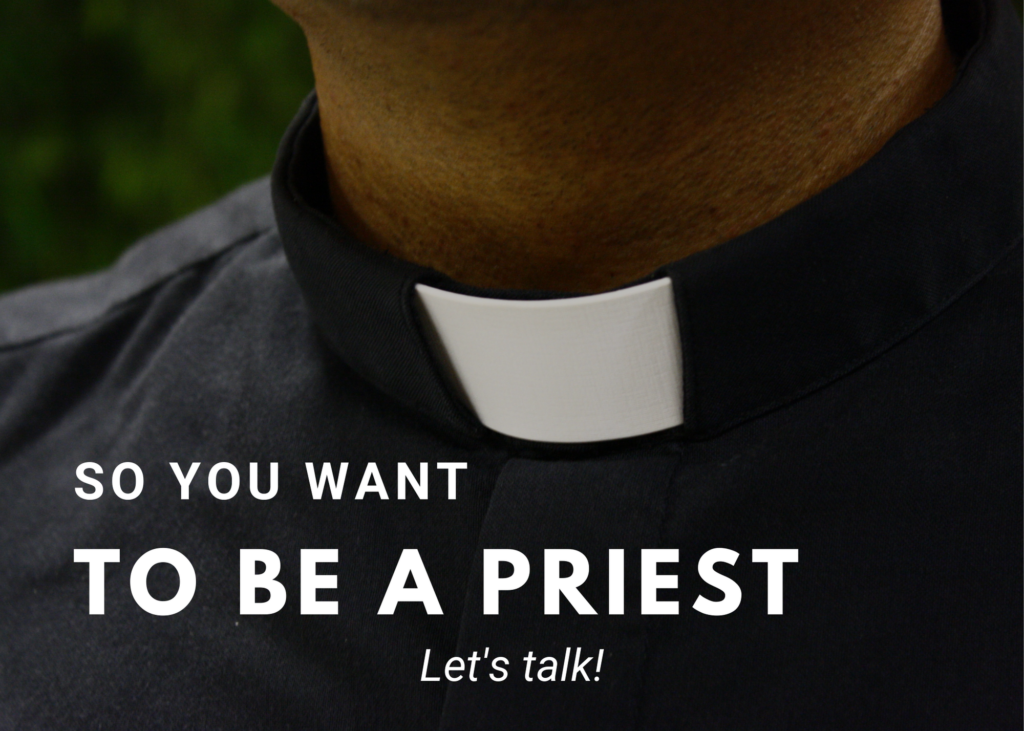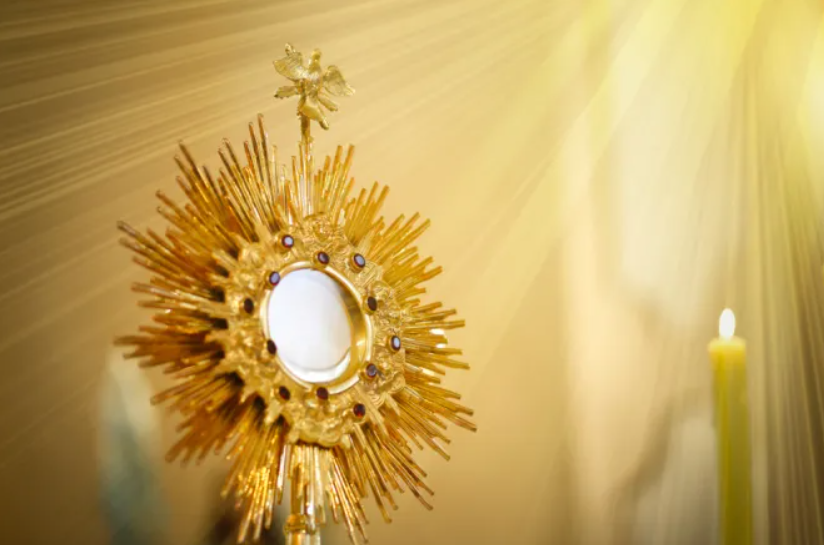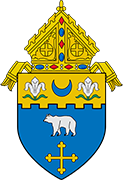Steps to the Priesthood
Becoming a priest doesn’t happen overnight. There are four major stages along the journey.
1: Internal Discernment
This part may involve many years. Some people think about priesthood for a long time even from youth. Some, after discovering the call, act on it right away. Others discover this call only later in life (for some, much later.) A good portion of internal discernment involves reflection, prayer, and listening to God. Being involved in one’s parish, going to Mass regularly. receiving the sacraments, attempting some type of Christian or community service, and trying to live a good Christian moral life are just some of the ways that often help to bring one’s call into focus. Our diocese offers various programs to help the individual discern his call from God. If the person, after prayer and thought, decides that he wants to proceed, he can then begin the application process.
2: Application Process
For an individual to apply, he must first meet several “external” criteria:
- Baptized and Confirmed Catholic
- Must have completed high-school (or be a high school senior)
- Must be in good health, under 50 years old, and not bound by marital obligations
The candidate would then fill out the appropriate application forms, submit sacramental certificates, academic transcripts, and provide references. The candidate would also have several interviews (with the Vocation Director) as well as undergo the necessary psychological testing and screening. After the completion of the above, the Bishop and the Vocation Director will meet, evaluate the candidate’s application and then decide to accept the candidate, reject the application or defer it until some point in the future. Contact the Office of Vocations here.
3: Seminary Formation
In general, seminary life includes academic studies (including studies of scripture, theology, philosophy, Church history, pastoral duties, etc.), spiritual direction (to help one grow in prayer), pastoral field work (hands-on experience in parishes or other ministries), and communal activities (including many things from prayer services to sports.) Like any other school, seminarians have free time for recreation, etc.
The seminary staff are responsible for not just educating the seminarians but for helping them and guiding them to become responsible and mature men who are ready to embrace the life of joyful service that is priesthood.
Once accepted, the seminarian will begin preparation for the priesthood at the seminary the diocese sends him to. The Diocese of Kansas City–St. Joseph has a total 5 seminaries where we send our men.
4: Ordination
After all the years of education, training, and preparation, the candidate comes to the Cathedral for his ordination. (A seminarian is ordained a “transitional” deacon one year before being ordained a priest.) There, surrounded by family, friends, the priests of the diocese, and other religious and lay leaders, the bishop ordains the person to the priesthood. The ceremony, which is held within a Mass, includes a testimony of his worthiness and an affirmation by the assembly.
The candidate then makes several solemn promises before God to the bishop. After that, the candidate lies prostrate on the floor as the Litany of Saints is sung. Then, in an ancient gesture, the bishop lays hands on the candidate’s head, and then so do all the priests who are present. The bishop prays the prayer of consecration. The new priest is vested in the priestly Mass garments. His hands, which will offer the sacrifice of the Mass, are then anointed with Sacred Oil for the sacred duty. The bishop presents him with bread and wine and offers him a greeting of peace as the other priests welcome him into the Sacred Priesthood.
Now the person is able to celebrate the sacraments, and the new priest is sent to a parish to begin his life of service to the people of God.



